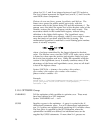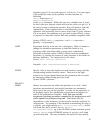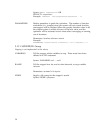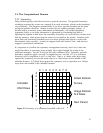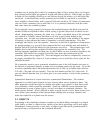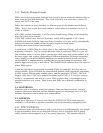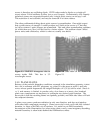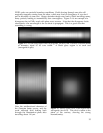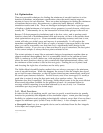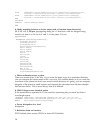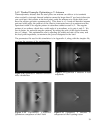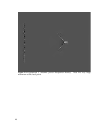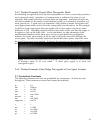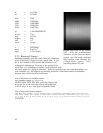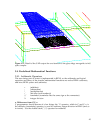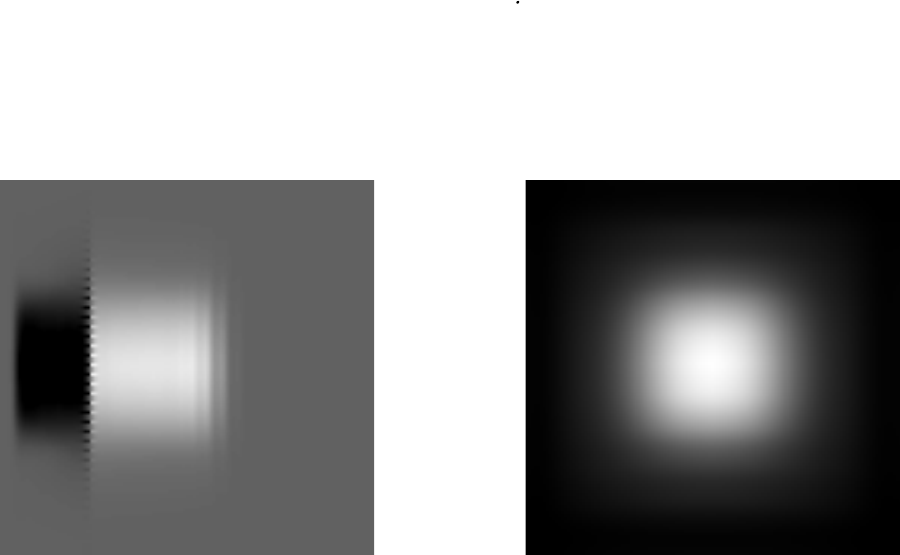
3.5.3. BEAM SOURCES
Beam sources are made up of sums of plane waves. They share the unidirectional
property of plane sources. This is sometimes useful in waveguide simulations, because
you can bounce the wave off a mirror at the far end and look at the field coming
backwards through the plane wave surface. Since all of this field has travelled twice the
length of the waveguide, it can make a good approximation of the waveguide mode.
This is where the mode file used in 3.5.4 came from.
Figure 2.8: The same mode source as
in Figure 2.7, but showing a slice
taken 0.8 µm downstream. By this
point the mode has evened out
completely because the strongly
evanescent ripple components have
died away.
Figure 2.9 Plot of the Z (axial)
component of the Poynting vector in
the simulation of Fig. 3.3, after 5
cycles. A PML absorbs the -Z wave
(dark), leaving a clean +Z wave.
Leading ripples are an artifact of the
quadrature-field calculation.
3.5.4. MODEFILE SOURCES
Modefile sources are actually implemented as arrays of point sources. TEMPEST can’t eat
its own output, and furthermore it has a very limited number of point sources available
(as few as 100 in the vanilla 6.0 release), so it’s hard to do a good job of representing a
waveguide mode.
From the modefile generated by the postprocessor (via the MODEFILE statement of the
POSTPROCESS group), POEMS computes NxN boxcar averages of the E field, and
generates point_sources spaced N cells apart in each perpendicular direction. The
decimation factor N is chosen to be at most 0.3λ/(n dx), so that the evanescent field dies
out by a factor of 1000 in at most 0.8 λ/n.
36



